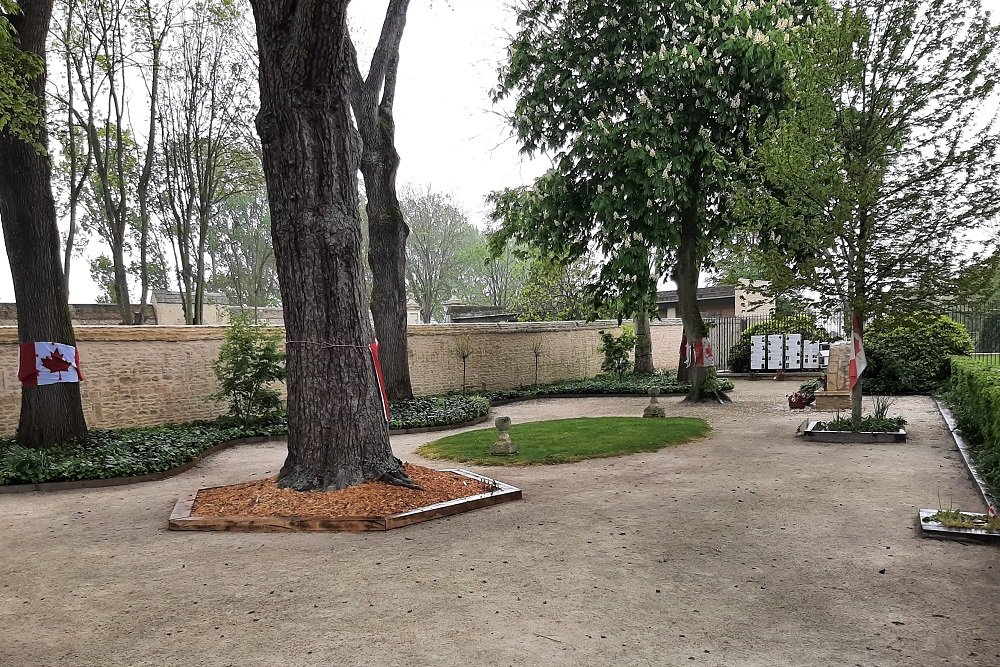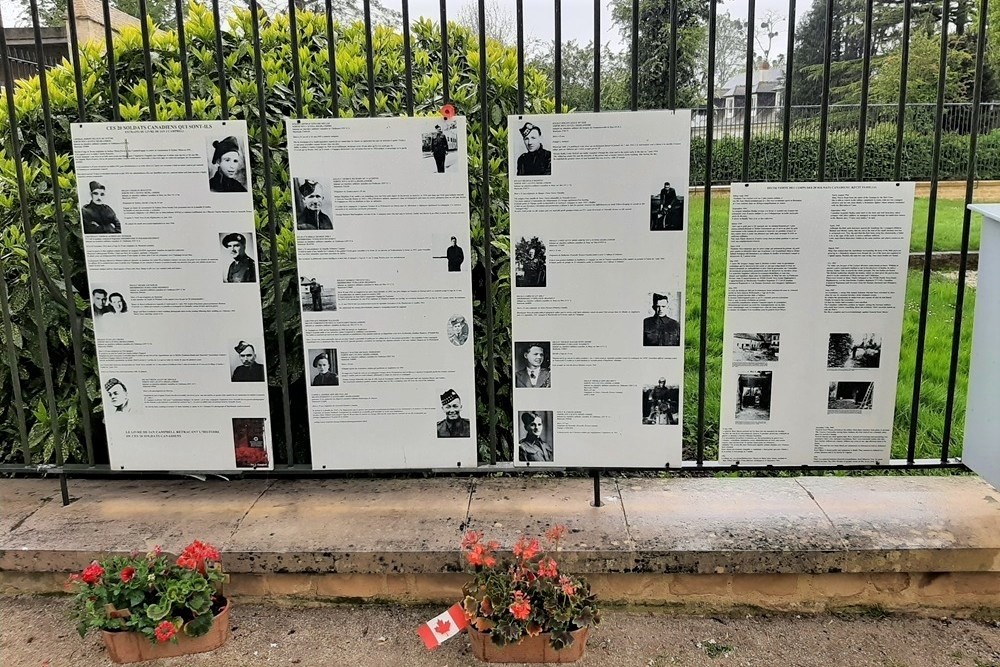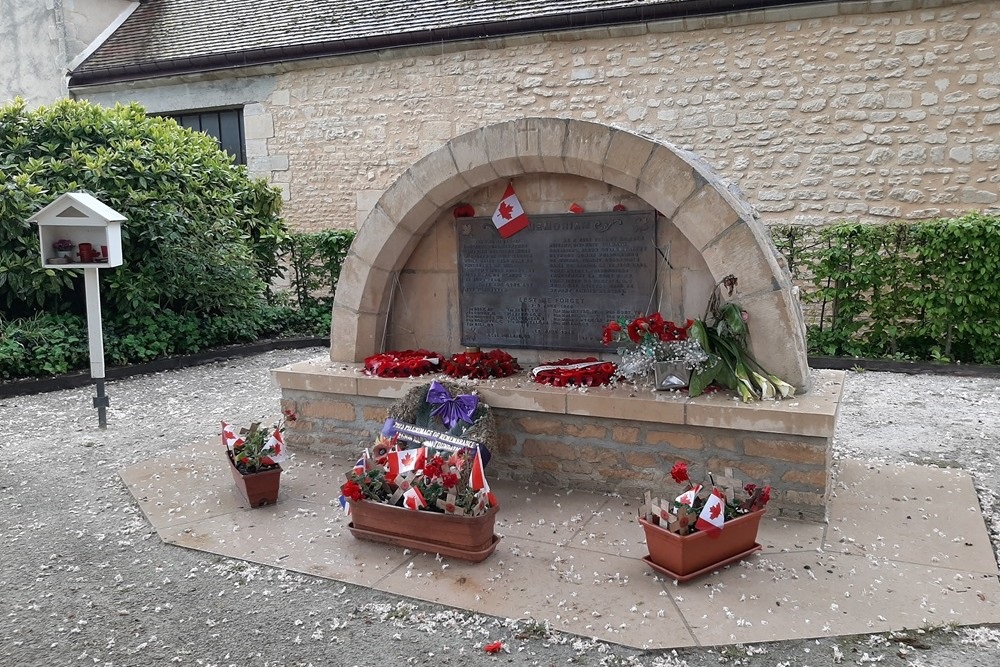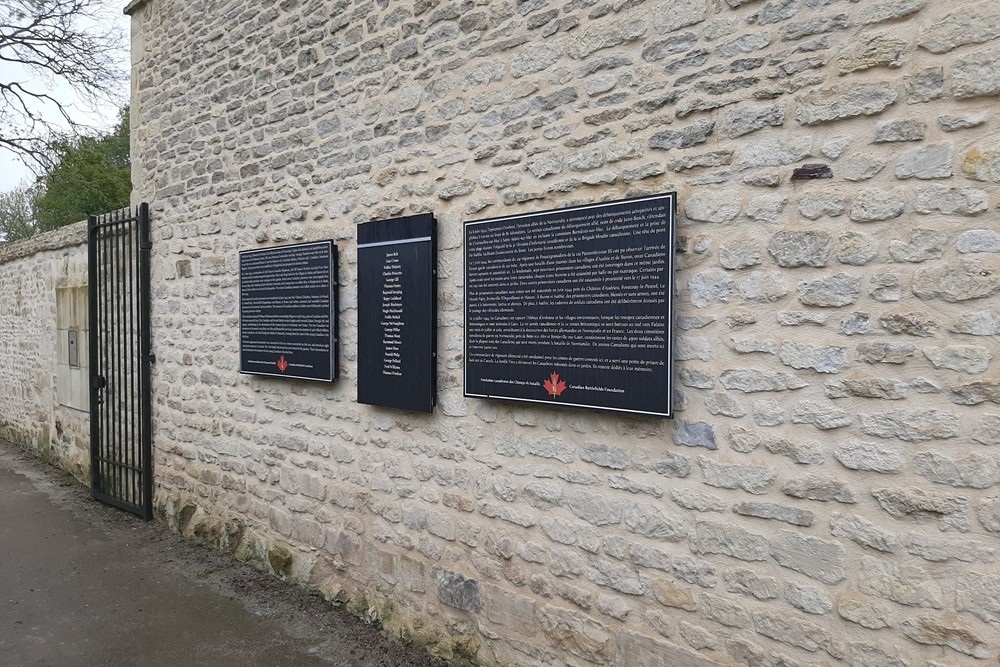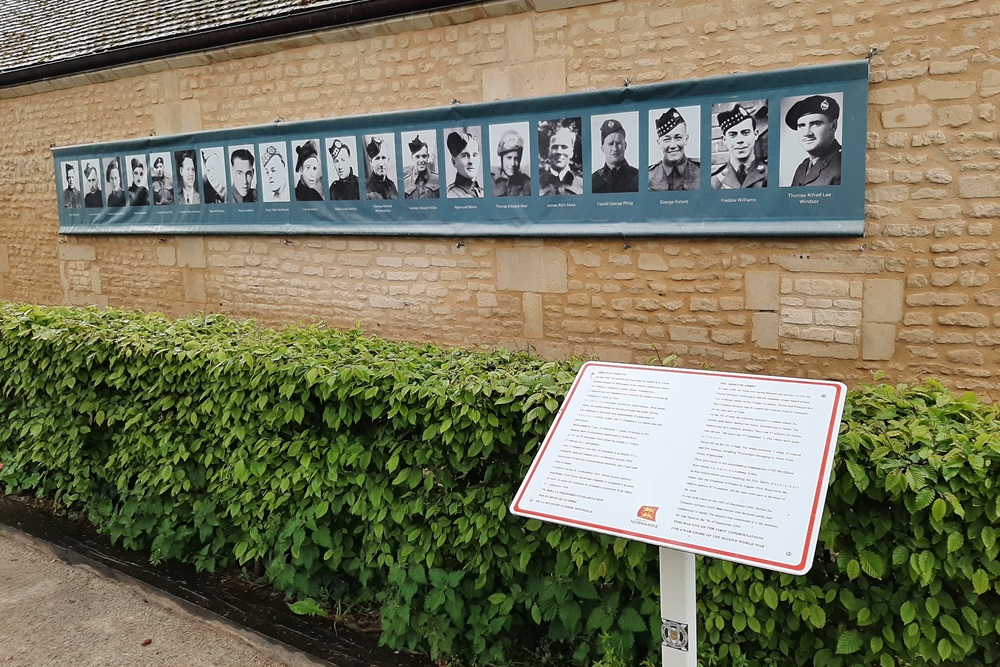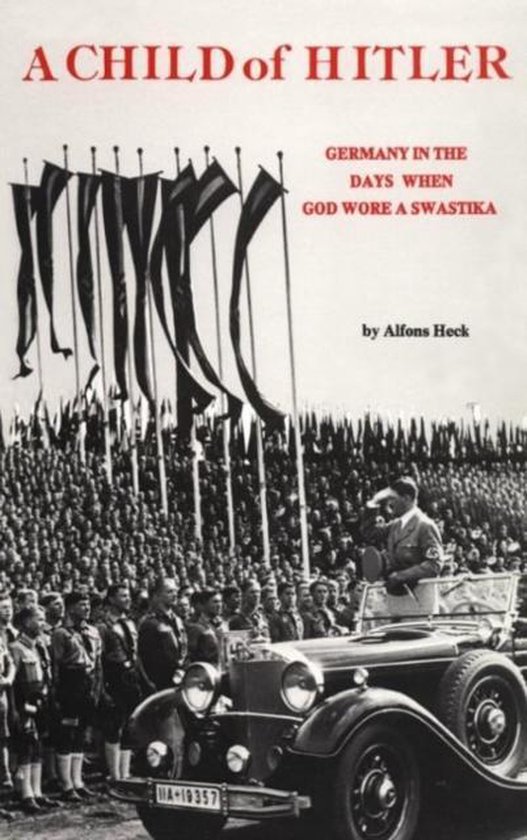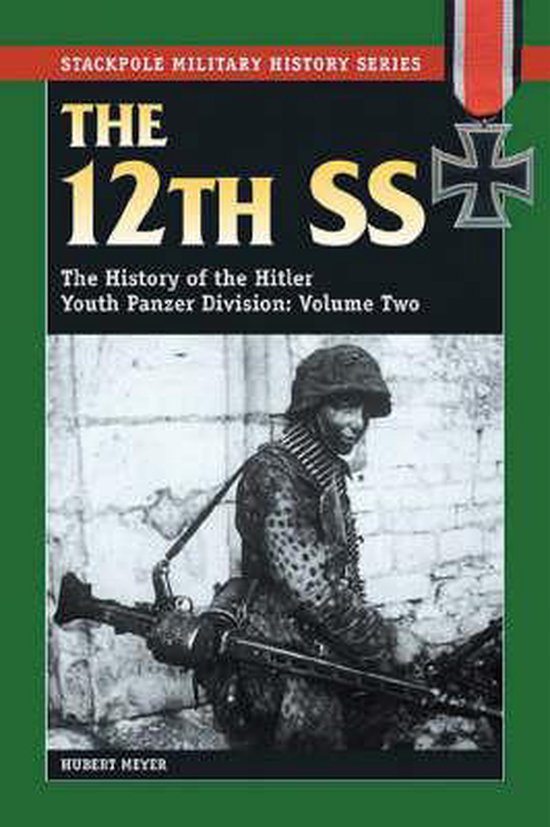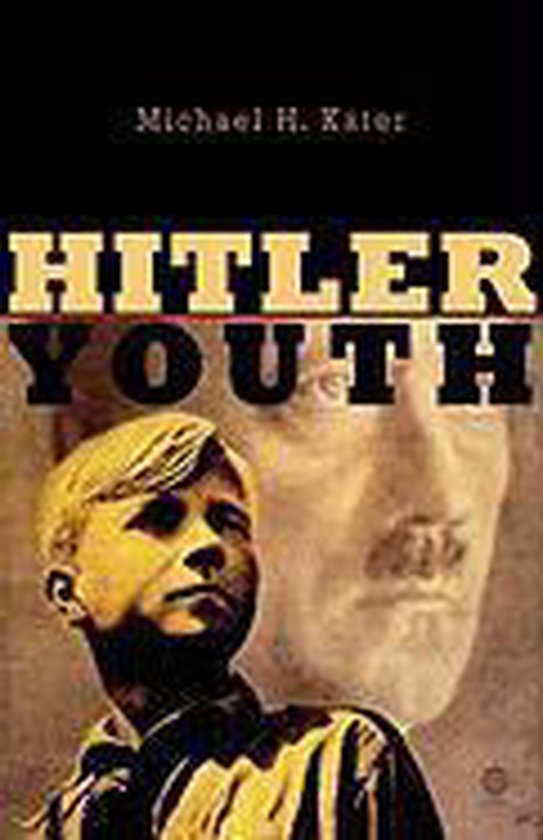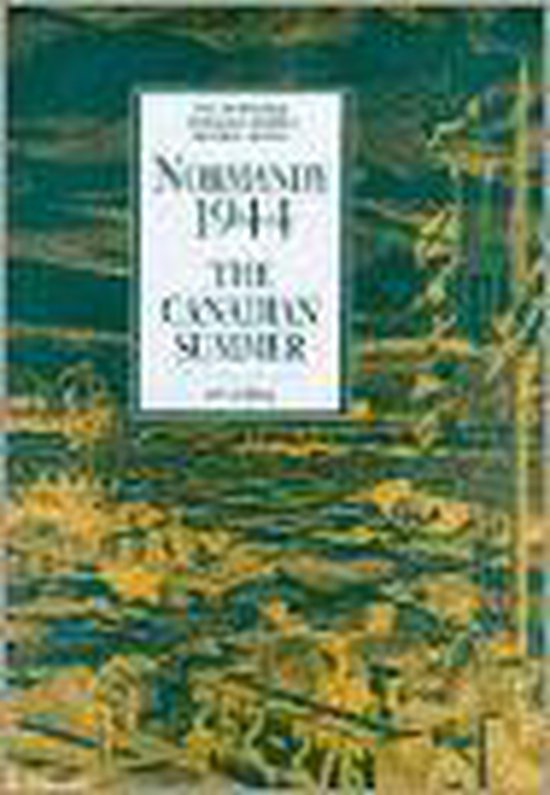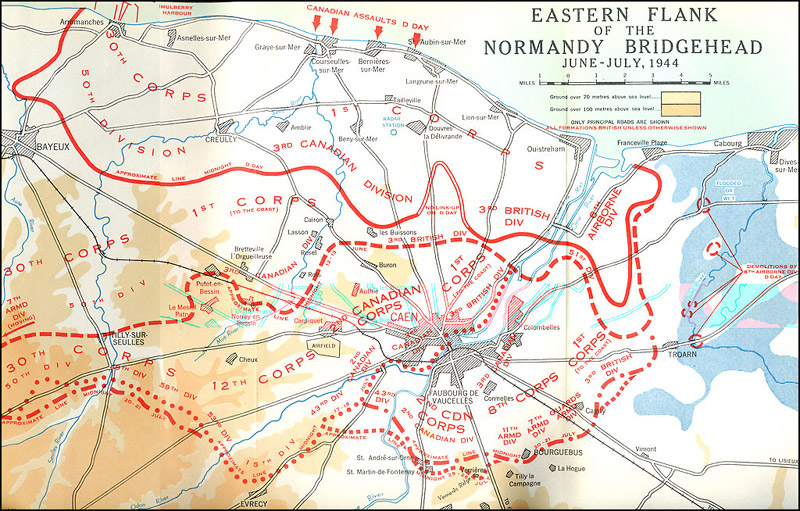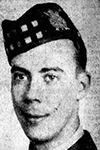Canadian Memorial Abbaye d'Ardenne
In a garden next to the monastery Abbaye d'Ardenne a Canadian memorial is situated. The memorial commemorates 20 executed Canadian soldiers.
The Canadian memorial at the Abbaye d’Ardenne is one of the most solemn places of remembrance in Normandy. The abbey itself, a medieval monastery just outside Caen, became infamous in June 1944 when members of the 12th SS Panzer Division executed twenty Canadian prisoners of war in its garden. The victims, drawn from the North Nova Scotia Highlanders and the Sherbrooke Fusiliers, had been captured during the bitter fighting that followed the D‑Day landings. They were taken into the abbey, interrogated, and then led out in small groups to be shot. Their bodies were hastily buried within the grounds, an attempt to conceal the crime.
In the months after liberation, the Vico family, who lived at the abbey, discovered the graves when flowers they had planted grew in strange patterns over disturbed soil. Their care for the site ensured that the memory of the murdered men was never lost. The atrocity became central to the Canadian war crimes trial of Kurt Meyer, commander of the 25th Panzer Grenadier Regiment, who was convicted for his role in the killings.
For decades remembrance was informal, marked by the devotion of the Vicos and visiting Canadians. In 1984, on the fortieth anniversary of the murders, a permanent stone memorial was unveiled in the abbey garden. The plaque records the names of the twenty Canadians and declares that they are gone but not forgotten. Portraits of the men now line the garden wall, giving faces to the names and reminding visitors of their youth. Each year on 7 June, Canadians and French gather in the garden to read the names aloud and lay maple leaves in their memory.
The memorial has become more than a marker of a single atrocity. It stands for all 156 Canadian prisoners executed in Normandy in 1944, and it embodies the enduring bond between Canada and France. The abbey, once a place of violence, has been transformed into a space of reflection and reconciliation. To walk through its garden today is to confront the brutality of war, but also to witness the determination to remember and to honor those who fell.
Text on the memorial:
"On the night of 7-8 June 1944, eighteen Canadian soldiers were murdered in this garden while being held here as prisoners of war. Two more prisoners died here, or nearby, on 17 June 1944. They are gone but not forgotten."
The garden is always accessible for the public.
Do you have more information about this location? Inform us!
Source
- Text: TracesofWar
- Photos: Koos Winkelman
- CAMPBELL, I.J., Murder at the Abbaye, Golden Dog Press, Ottowa, 2000.
Related books
Nearby
Museum
Point of interest
- Abbaye d'Ardenne - Saint-Germain-la-Blanche-Herbe
- Memorial Liberation La Maladrerie - Caen
- Photo July 8, 1944 Saint-Contest - Saint-Contest
Monument
- Memorial Park R.A.F. Bombing - Carpiquet
- Memorial North Nova Scotia Highlanders Authie - Authie
- War Memorial Authie - Authie
Cemetery
- Commonwealth War Cemetery Cambes-en-Plaine - Cambes-en-Plaine
- Commonwealth War Grave Mouen - Mouen
- Commonwealth War Cemetery Secqueville-en-Bessin - Secqueville-en-Bessin
